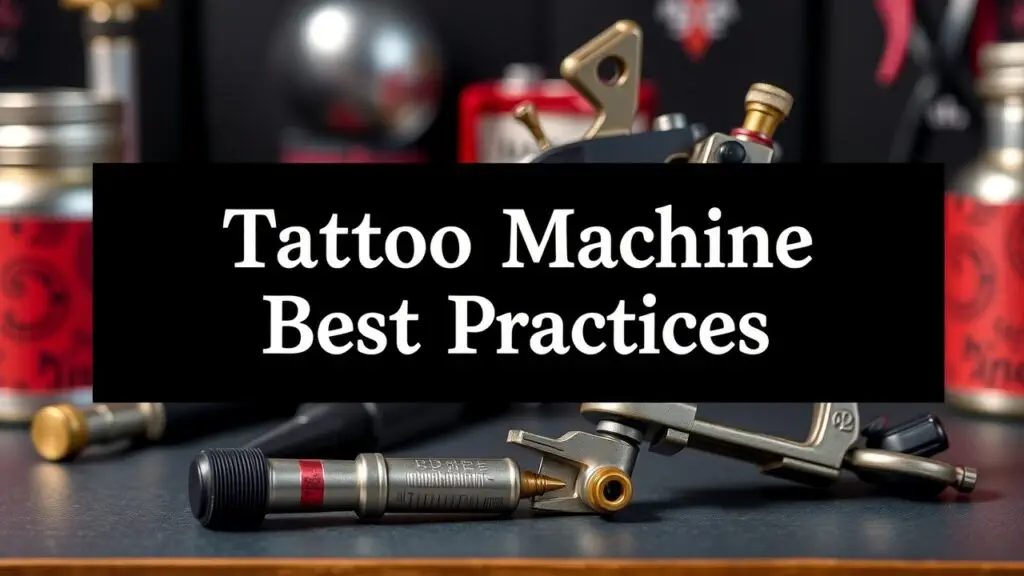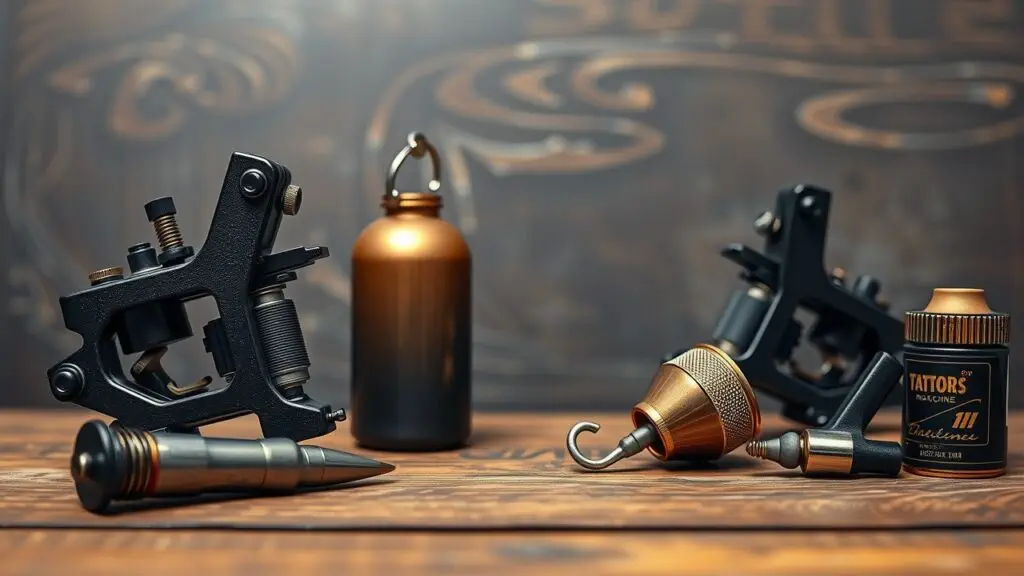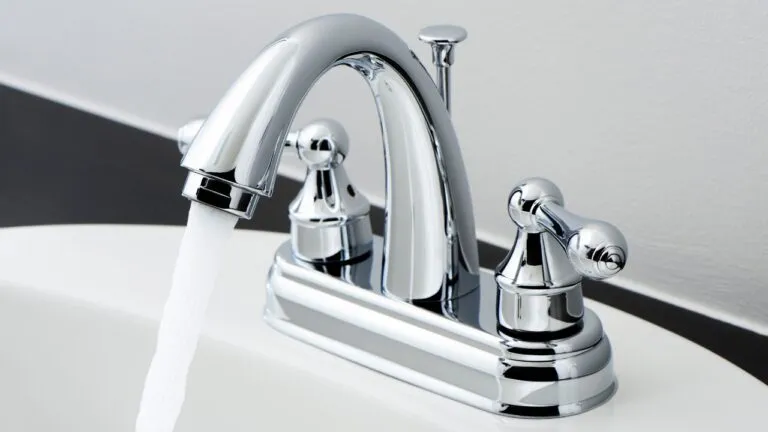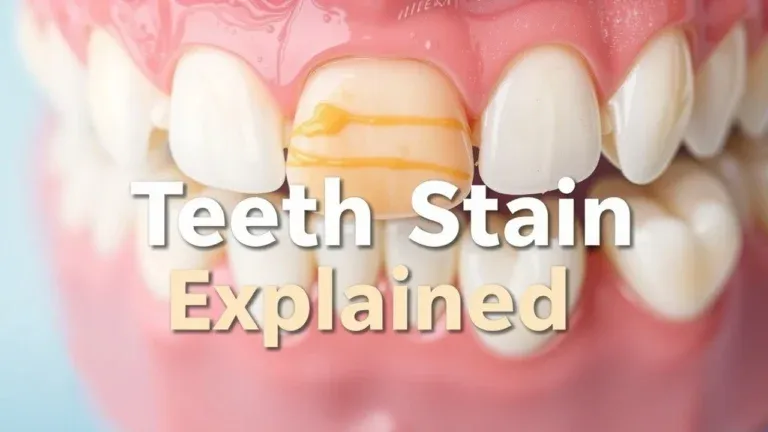This guide explores different types of tattoo machines (coil, rotary, pneumatic), highlighting pros and cons for various tattoo styles to help you choose the best machine.
What is a Tattoo Machine?

A tattoo machine, or tattoo gun, is an electric tool that professional tattoo artists use to create permanent designs on skin. It works by using needles that puncture the skin and inject ink into the dermis layer. There are several tattoo machine types, each made for different styles and techniques in tattooing.
Electric tattoo machines changed the game for artists. They give steady power and speed, helping artists draw clean lines and do smooth shading. Professional tattoo machines fall into three main categories: coil, rotary, and pneumatic machines.
Why Understanding Machine Types Matters?
Knowing about different types of tattoo machines is key for new artists and anyone thinking about getting a tattoo. Each type can change how art looks; some machines provide better precision, while others are better for bold outlines or fine details.
Choosing the right machine affects how well an artist can bring their vision to life. It also impacts the comfort level for clients during sessions. Since different tattoos require different techniques, understanding which machine suits a specific style can help ensure great results.
Types of Tattoo Machines: A Quick Overview
Tattoo machines can be grouped into three main types:
- Coil Tattoo Machine: This machine uses electromagnetic coils to quickly move needles up and down. It’s known for its flexibility in both line work and shading.
- Rotary Tattoo Machine: This one uses a motor that rotates the needles. It’s quieter than coil machines and gives smooth operation, which is great for detailed work.
- Pneumatic Tattoo Machine: This machine works with compressed air instead of electricity. It’s lightweight, allowing for easier movement but needs special equipment to operate.
Each type has its pros and cons based on factors like personal technique, preferred style, or budget when picking a suitable machine for beginners or experienced artists alike.
Coil Tattoo Machines: The Workhorses of Traditional Tattooing
How Coil Machines Work?
Coil tattoo machines are vital in the tattoo industry. They are known for being strong and reliable. These machines work using electromagnetic coils. When you turn them on, an electric current flows through the coils, creating a magnetic field. This pulls down the armature bar, which pushes needles into the skin to deposit ink.
The main parts of a coil machine include:
- Electromagnetic Coils: They create magnetic fields.
- Armature Bar: It moves up and down to control needle movement.
- Contact Points: These connect or break the electrical circuit to manage needle speed.
Learning about these parts helps new artists understand how coil machines do their job well during tattoo sessions.
Types of Coil Machines
Artists mainly use two kinds of coil machines: liner and shader machines.
- Liner Tattoo Machine: This one is for outlining tattoos. It has fewer wraps around its coils, usually about 8. It runs at high speeds but with less force, making it great for clean lines.
- Shader Tattoo Machine: This type is for shading and coloring tattoos. Shader machines have more wraps, about 10, allowing them to work slower but with more power than liners.
You can also find variations like round liners and round shaders that help with different styles in tattoo art.
Coil Machine Advantages
Coil tattoo machines come with some big perks. First off, they offer great power, making it easier to get deep ink into the skin. They are versatile too; you can use them for both lining and shading. Plus, they are generally cheaper than other types of tattoo gear without losing quality or performance.
Many artists love traditional models because they provide good feedback while using them. This feedback helps control depth and pressure when working on detailed designs.
Coil Machine Disadvantages
Even with their benefits, coil machines have some downsides. For one thing, they can be noisy compared to rotary or pneumatic alternatives because of their mechanical movements. Maintenance is another issue; users need to check parts like springs and contact points regularly for wear.
Also, beginners might find a learning curve with these devices. Getting used to controlling speed and pressure takes practice but is important for achieving great results without harming skin tissue.
Rotary Tattoo Machines: Smooth Operation and Modern Design
Rotary tattoo machines are becoming a top choice for many tattoo artists. They offer smooth operation and sleek designs. These machines use an electric motor to move the needle, giving a different experience than traditional coil machines.
How Rotary Machines Work?
A rotary tattoo machine uses a motor to drive an eccentric cam. This cam changes the spinning motion of the motor into a back-and-forth movement that moves the needle bar up and down. Here are some key parts of a rotary machine:
- Tattoo Machine Motor: This part provides the power to move the needle.
- Eccentric Cam: This piece converts spinning into linear motion.
- Needle Bar Movement: This controls how deep the needle goes into the skin.
This setup helps deliver ink consistently, allowing artists to create clean lines and beautiful shading.
Types of Rotary Machines
Rotary machines come in two main types:
- Direct Drive Rotary Machine: In this design, the motor drives the needle directly. It gives more power but can be harder to control.
- Indirect Drive Rotary Machine: In this version, extra parts connect the motor to the needle bar. This makes it easier to operate at lower speeds, which is great for detailed work like shading.
Many pros consider indirect drive rotary machines some of the best choices for shading tasks.
Rotary Machine Advantages
There are many advantages to using rotary tattoo machines:
- Quiet Operation: They run much quieter than coil machines.
- Less Maintenance Required: With fewer moving parts, they don’t wear out as fast.
- Easier Learning Curve: Beginners often find these machines easier since they need less adjustment during use.
- Powerful Performance: Many modern models offer high power while keeping good control.
These benefits make rotary machines appealing for both experienced artists and beginners.
Rotary Machine Disadvantages
Even with their perks, rotary tattoo machines have some downsides:
- Higher Initial Cost: Good quality models can cost more upfront compared to basic coil options.
- Potentially Less Power for Certain Applications: While they are powerful overall, some jobs that need heavy-duty performance might still be better suited for traditional coils.
Understanding these advantages and disadvantages can help you choose what gear fits your needs best, whether you’re an artist or looking to get a tattoo.
Pneumatic Tattoo Machines: Air-Powered Precision
How Pneumatic Machines Work?
Pneumatic tattoo machines use a compressed air mechanism, making them different from traditional coil and rotary machines. They work by using air pressure to move the needle up and down smoothly. The main parts of a pneumatic tattoo machine include an air compressor, hoses, and the tattoo machine itself. When the artist activates the compressor, it creates airflow that drives the needle precisely. This design helps artists control the depth better and reduces vibrations while working.
Pneumatic Machine Advantages
One big advantage of pneumatic machines is their quiet operation. Unlike coil machines, which can be noisy because of their electromagnetic parts, pneumatic machines run silently. This makes them great for places where noise can be a problem or when clients feel anxious about sounds during a tattoo session.
Another benefit is that pneumatic machines need less maintenance than other types of tattoo equipment. Since they have fewer moving parts, like springs that wear out in coil machines, artists can focus more on tattooing rather than fixing their gear. These machines are also lightweight but powerful, so artists who need to move around while they work will appreciate this feature.
Pneumatic Machine Disadvantages
However, pneumatic tattoo machines do have some downsides. They usually require a higher upfront cost compared to traditional machines like coil or rotary ones. This cost includes buying a good compressor along with the machine itself. Plus, since they need an external compressor to work, artists must make sure they have access to power sources during sessions.
Pneumatic Machine Uses Cases
Pneumatic machines are especially useful in specific artistic situations where precision is very important. They shine when doing fine line work or detailed shading techniques because they help maintain steady control over needle depth without too much force or vibration getting in the way. Many professional tattoo artists prefer these tools for intricate designs that need careful attention.
In short, pneumatic tattoo machines offer unique benefits like quiet operation and less maintenance but come with some drawbacks such as higher costs and needing compressors for use. These tools are valuable in various artistic settings where precision matters most.
Tattoo Machine Comparison Chart: Coil vs. Rotary vs. Pneumatic
When looking at tattoo machines, it’s really important to know what makes coil, rotary, and pneumatic machines different. Each one has its own cool features that artists can use based on their style and preferences.
Key Features Comparison
Mechanism
Coil tattoo machines work by using electromagnetic coils. These create a magnetic field that makes the needle move up and down. This setup gives artists a lot of control over how the ink is applied, but it can be heavier. On the other hand, rotary tattoo machines use a motor to spin components, making them lighter and often quieter. Pneumatic machines use air pressure to work, making them easy to handle and less tiring during long sessions.
Sound
The sound each machine makes is another big difference. Coil machines tend to be loud because of their mechanical parts. This can be distracting for both clients and artists who like a quieter atmosphere. Rotary machines are usually much quieter but still powerful enough for different tattooing styles.
Maintenance
Different machines need different levels of care. Coil machines require regular cleaning and maintenance to keep them running well. If you don’t take care of them, they can have problems during use. Rotary machines don’t need as much maintenance since they have fewer moving parts, but they still need to be cleaned after each use. Pneumatic systems need some care for the air filters but are generally considered easier to maintain.
Learning Curve
For beginners thinking about which machine is best for them, it’s good to know about the learning curve involved. Coil machines might take more time to learn because they need careful tuning for effective use. That’s why many professionals like them for precise work over time. Rotary machines are often easier to use right from the start, making them a popular choice among newcomers.
Cost
Price is always something to think about when buying equipment like this; costs can vary a lot based on the brand and technology used.
- Coil Machines: You can find both affordable and high-end options.
- Rotary Machines: They also come in different price ranges based on their features.
- Pneumatic Machines: These usually cost more because they involve advanced technology like air compressors.
Power
Power sources differ between machine types:
- Coil Machines: These run on electricity from wall outlets or battery packs made for portability.
- Rotary Models: Many of these run on batteries, giving you more freedom without needing a power source nearby.
- Pneumatics: These depend on compressed air systems that must be available during sessions for consistent operation.
Versatility
When picking your tools, think about versatility too:
- Coil Machines are great for line work since they provide strong punch capability, allowing crisp lines even in detailed designs.
- Rotaries are flexible and work well across many styles from shading to realism portraits.
- Pneumatics stand out for those who want quick results without losing quality in craftsmanship.
Choosing the Right Tattoo Machine for Your Needs

When you want to pick a tattoo machine, think about what you really need. This means looking at your budget, your experience, and the style of tattoos you like to do. Also, some machines need more care than others, so it’s good to know how much maintenance you’re ready for.
Factors to Consider
- Budget: Figure out how much cash you can spend on a tattoo machine. This helps narrow down your choices between high-end gear and budget-friendly options.
- Experience Level: If you’re just starting out, go for machines that are easy to use. More skilled artists might want machines with extra features that let them have more control.
- Artistic Style: Different tattoos often need different types of machines. For example, if you’re doing detailed line work, a liner machine is best. Shading might call for shaders with bigger needle setups.
- Maintenance: Some machines need regular cleaning or parts replaced more often than others do. Make sure you choose one that fits your schedule for upkeep.
Best Tattoo Machine for Beginners
Starting out in tattooing? It’s super important to find a machine that’s simple and reliable. Look for lightweight models that let you adjust settings without too much hassle. Pen-style rotary machines are great for newbies because they are comfy to hold and easy to operate.
Best Tattoo Machine for Experienced Artists
If you’ve got some experience under your belt, you’ll want a powerful machine that can handle tricky designs across various styles. Machines that allow you to change stroke lengths give you flexibility based on what you’re working on. Many pros prefer high-quality coil or advanced rotary systems because they focus on performance.
Different Tattoo Styles and Machine Suitability
Knowing how different styles affect your choice of equipment is key:
- Liner Tattoos: Usually done with liner coils or rotary machines made for precision.
- Shading Tattoos: These often need shaders with larger needle configurations available in both coil and rotary types.
- Color Packing: This needs strong power sources found in specific pneumatic setups designed for heavy ink use.
Choosing the right machine helps create the art you love while keeping you satisfied throughout the process.
Best Practices and Essential Tips for Tattoo Machine Use
Machine Maintenance
Keeping your tattoo machine in good shape is really important. Regular maintenance helps it last longer and work better. This means you can avoid issues that might mess up your tattoos or even cause harm.
After each use, follow these cleaning steps:
- Disassemble the machine by taking out needles, tubes, and grips.
- Use a disinfectant solution to clean all parts. This gets rid of any ink or bacteria.
- Pay extra attention to spots where ink might hide.
Lubrication is also key for smooth operation. Apply a little machine oil to moving parts according to the manufacturer’s instructions. This cuts down on friction, making your machine work better.
To keep everything hygienic, sterilization methods are a must. Autoclaving is one good way; it uses hot steam to kill germs. Always stick to local rules about sterilization to stop cross-contamination between clients.
Needle Selection
Picking the right needle type is super important for good tattoos. Different needles do different jobs:
- Liner needles are grouped close together for fine lines.
- Shader needles have wider spaces for smoother shading.
It’s also helpful to know how needle configurations work. Single needles are great for details, while magnum needles cover larger areas quickly.
The choice of needle affects how ink flows and how deep it goes into the skin. Using the wrong needle can lead to bad results and even injuries if you’re not careful with how deep you go.
Safety Precautions
Safety is key when using tattoo machines. Here are some important precautions:
- Always wear gloves and protective gear. This helps you avoid direct contact with blood or other germs.
- Dispose of used needles properly. Put them in designated sharps containers right after use.
- Keep your workspace clean by sanitizing surfaces before starting any tattoo.
These steps protect you and your clients from potential infections or injuries.
Proper Setup and Operation
Setting Up the Tattoo Machine
Setting up your tattoo machine properly is essential for smooth operation:
- Assemble all necessary parts like the power supply unit (PSU), clip cord, and foot pedal.
- Adjust voltage settings based on what technique you’re using—higher voltages may be better for shaders than liners.
- Make sure everything fits well without wobbling to help with accuracy during tattooing.
Operating the Tattoo Machine
When operating a tattoo machine, focus on steady hand movements and consistent pressure:
- Move your hand smoothly to make clean lines without hurting the skin too much.
- Keeping pressure steady helps with ink saturation, which means brighter colors that last longer after healing.
- Always monitor how deep the needle goes to prevent damage beyond where it should be, ensuring client safety while creating great artwork.
Troubleshooting Common Issues
Identifying Problems
Spotting issues early can save time later.
Common signs of trouble include:
- Flickering lights from the power supply indicating unstable power.
- Irregular motion patterns from attached needles that may suggest mechanical problems.
Solutions
You can often fix simple issues yourself at your workstation.
For example, check all connections if you lose power mid-session! But if problems keep happening, get professional help for repairs that need special skills beyond basic user knowledge.
Frequently Asked Questions (FAQs) about Tattoo Machines
What are the main parts of a tattoo machine?
A tattoo machine typically includes several key components: the motor, armature bar, electromagnetic coils (for coil machines), needle, and grip. Each part plays a crucial role in how the machine operates.
How can I troubleshoot my tattoo machine?
If your machine stops working, check for loose connections or worn-out parts. Ensure the power supply is functioning properly. Consult your machine’s manual for specific troubleshooting steps.
What safety precautions should I follow with a tattoo machine?
Always wear gloves while tattooing. Clean your workspace regularly and sterilize equipment to prevent infections. Dispose of used needles in designated sharps containers.
What are the different types of needles used in tattooing?
Tattoo artists use various needle types: liner needles for outlines, shader needles for coloring and shading, and magnum needles for larger areas. Each type affects the ink application and style.
How do I choose the right tattoo machine?
Consider your skill level and preferred tattoo style when selecting a machine. Beginners might prefer lightweight rotary machines, while experienced artists may opt for powerful coil machines that provide more control.
Tattoo Machine Technology and Evolution
- Tattoo Machine Brands: Popular brands include Cheyenne, FK Irons, and Hawink.
- Electric Tattoo Machines: These machines use electric power to operate.
- Induction Tattoo Machines: These use electromagnetic induction to function efficiently.
- Magnetic Tattoo Machines: These are similar to coil machines but focus on magnetic technology.
- Hybrid Tattoo Machines: Combine features of both rotary and coil machines.
- Wireless Tattoo Machines: Offer flexibility with battery-powered operation.
- Rechargeable Tattoo Machines: These allow convenient use without cords.
- Tattoo Machine Accessories: Essential items include grips, power supplies, and foot pedals.
- Tattoo Ink: High-quality ink ensures vibrant colors and durability in designs.
- Tattoo Aftercare Products: Essential for maintaining skin health post-tattoo.
Understanding Different Tattoo Styles
- Traditional Tattoos: Often characterized by bold lines and vibrant colors.
- Realism Tattoos: Focus on detailed representation of subjects.
- Fine Line Tattoos: Involve delicate lines for intricate designs.
- Color Packing Tattoos: Require strong machines to fill large areas with color.
These points will help you understand tattoo machines better while providing additional information on related topics.
Related Topics
- Types of coil tattoo machines
- Types of rotary tattoo machines
- Types of tattoo needles
- Types of tattoo styles
- Types of tattoo machine maintenance
- Types of tattoo machine brands
- Types of tattoo machine accessories
- Types of tattoo aftercare products



Types of Tattoo Machines: Coil, Rotary, Pneumatic & More